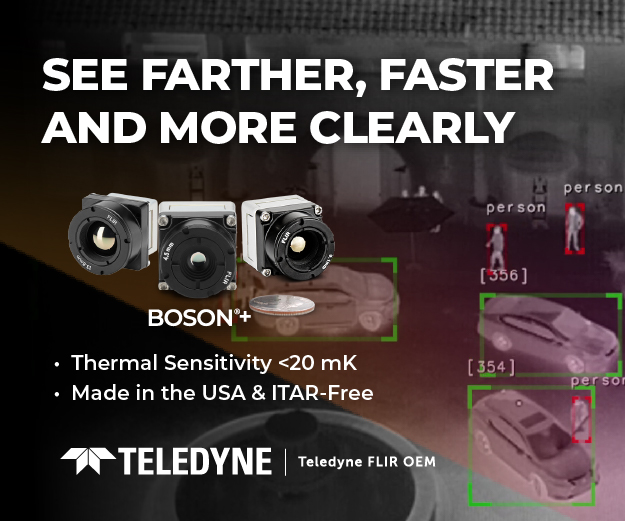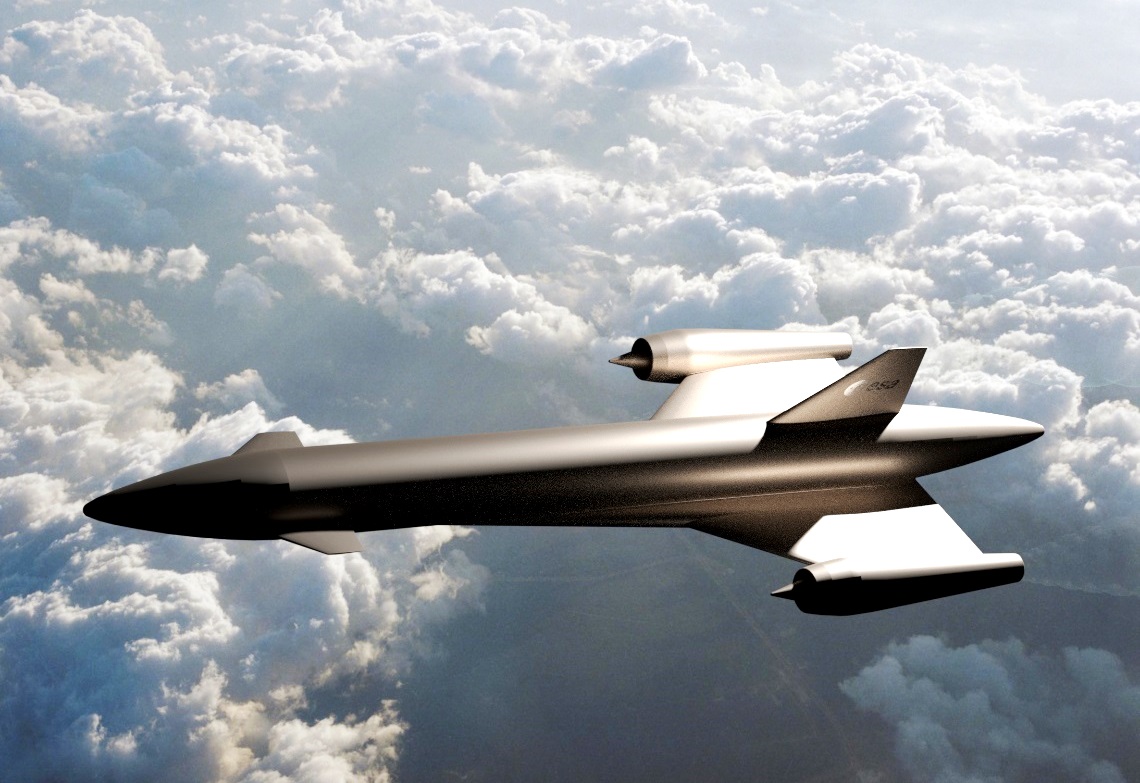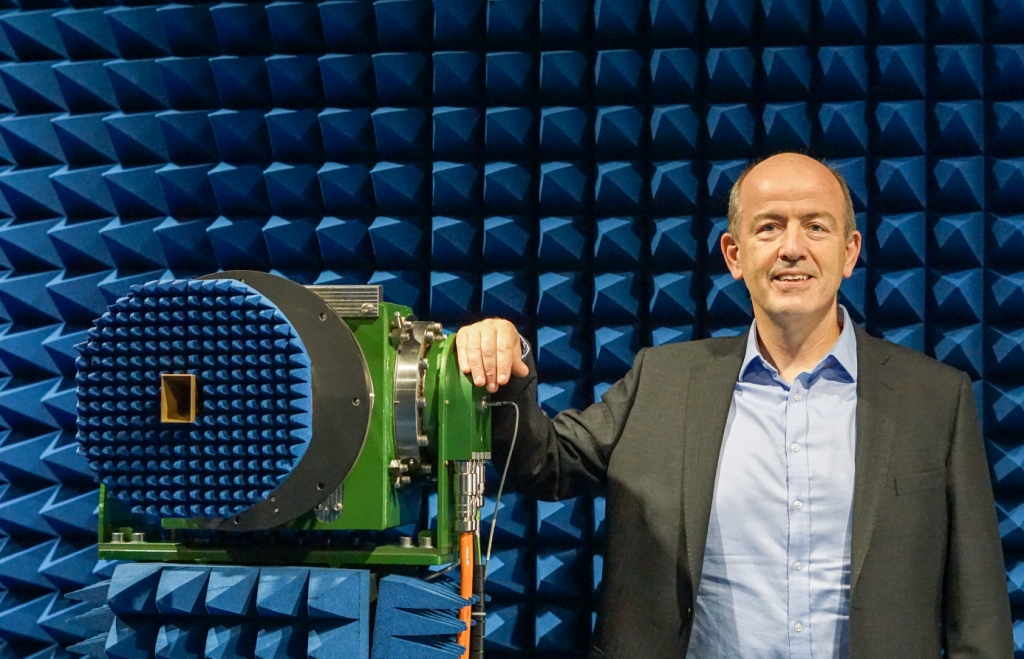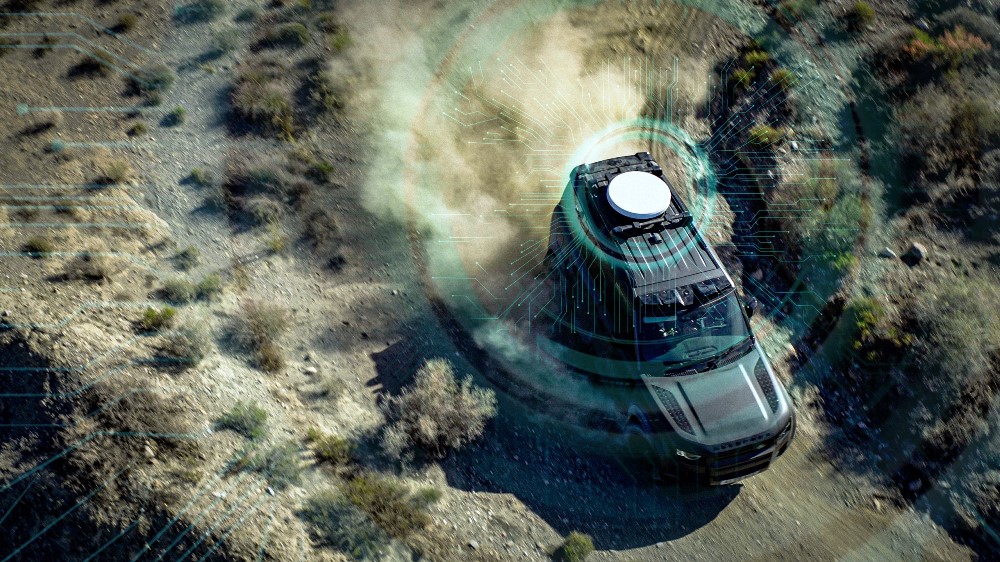Virgin Galactic test fires LauncherOne rockets

Working on custom-built test stands at the company’s Mojave, California location, Virgin Galactic engineers and technicians achieved longer duration, steady-state firings of LauncherOne’s main stage engine in the same week as multiple full duration firings of the gas generator for LauncherOne’s upper stage engine.
LauncherOne’s orbital flights are achieved using two rocket engines: a single 73,500 lbf thrust ‘NewtonThree’ main stage engine, and a single 5,000 lbf thrust ‘NewtonFour’ upper stage engine. Both the NewtonThree and the NewtonFour are highly reliable, pump-fed LOX/RP-1 liquid rocket engines designed, tested, and built by Virgin Galactic. Previously, Virgin Galactic completed successful test campaigns on pressure-fed demonstrator engines in each thrust class—the ‘NewtonOne’ and ‘NewtonTwo’ engines.
The latest successful test firing of the NewtonThree engine ran for more than 20 seconds, reaching steady-state operation and allowing the team to capture high quality data about the engine during start-up, operation, and safe shutdown. Within the same week, Virgin Galactic conducted multiple full-duration test firings of the NewtonFour gas generator, each exceeding six minutes in duration.
Virgin Galactic CEO George T. Whitesides said, “The Virgin Galactic propulsion team has made strong progress that keeps us on track for providing dedicated, responsive service for small satellite customers. We’re proud that the team is now among a small group of organisations that have fired a pump-fed rocket engine in this thrust class. There is much work yet to be done, but the NewtonThree and NewtonFour test results are strongly encouraging. Thanks to our team, our test stands, and our manufacturing facilities, we are making steady progress on all of the key components of LauncherOne.”
Both the NewtonThree and the NewtonFour engines are fed by turbopump assemblies designed in partnership with Barber Nichols Inc., a veteran designer and manufacturer that has previously made turbopumps for NASA, the U.S. military, and private industry. Barber Nichols President Dan Thoren said, “We congratulate Virgin Galactic on its recent hot fire tests. We love to see our partners succeed and are grateful to be trusted with the design and supply of the turbopump.”
Development on this engine is expected to continue over the coming months including testing of the full flight configuration.

LauncherOne is designed to provide affordable, reliable, and responsive orbital launches for small satellites. The company announced recently as part of World Business Satellite Week in Paris that for a price below $10 million, LauncherOne will launch 200 kg into the high altitude Sun-Synchronous Orbits most commonly desired by small satellite missions, a marked increase from the system’s originally projected performance to that orbit. Customers will also be able purchase even further increases in performance to the same orbit, as well as launches that reach other altitudes or inclinations.














